
A foreground in photography is area of the frame that is closest to a photographer. In most cases, a subject poses in this section, which gives a photographer plenty of opportunities to capture great shots.
Utilizing leading lines or other creative examples of framing in photography will help you achieve a more impressive result.
The usage of the foreground is significant for landscape photographers as it allows them to create the perfect composition and capture important details. For instance, you can take stunning photos of a mountain with a lake in the foreground to emphasize the unique beauty of the landscape.
Here are the main reasons to use the foreground when taking photos:
✔️ Add depth to a photo to transform the atmosphere in the frame and achieve the desired result depending on the genre
✔️ Achieve a realist feel using the foreground to tell an engaging story about the surrounding area and create a nice composition
✔️ Hide unwanted objects and specific areas of an image
✔️ Create a frame to focus a viewer’s gaze on a subject
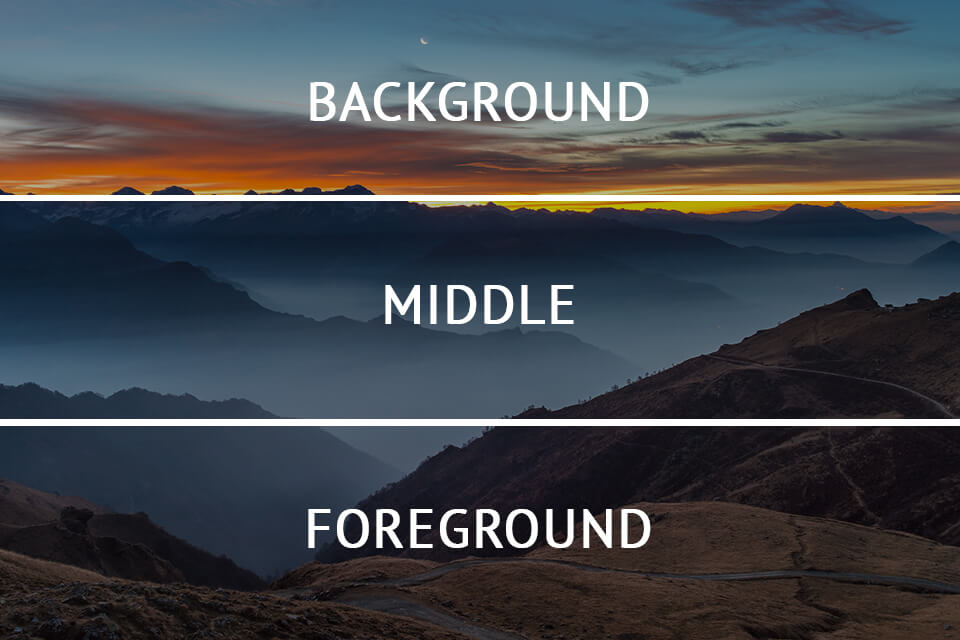
The term foreground describes the part of the area that is closest to a lens. Thus, the objects that are located farther belong to the background. The middle ground is the space between these areas. By staying aware of these distinctions, you can add a sense of depth to your photo.
You should always consider the background when taking different types of photos. However, it would be a mistake to see it in isolation. You should consider the combinations of these elements:
When the foreground contains the main subject you want to capture, you should use your knowledge of photography composition techniques to define the middle ground and background.
To emphasize the difference between these sections, use focus to make some areas blurry. In some cases, it makes sense to divide these areas by analyzing the objects they include.
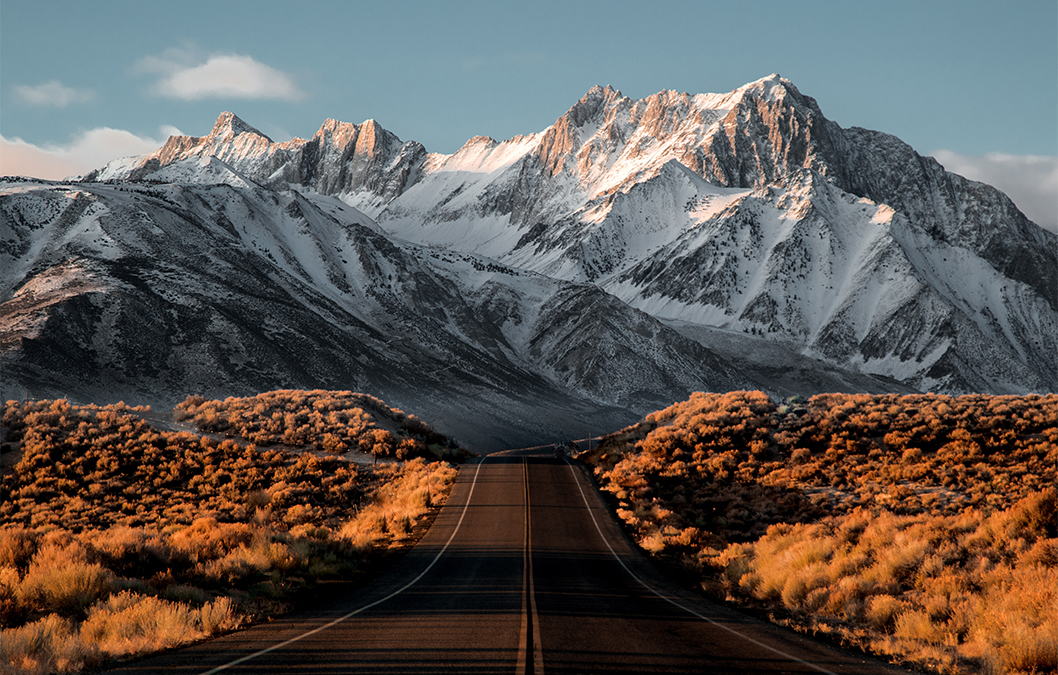
By learning how to use contrast in photography, you can make your photos more interesting and achieve consistency, especially if you select a dominating color.
Mastering the basics of using the foreground in photography and achieving the right color contrast allows you to reach the following goals:
You might wonder how to achieve high color contrast when taking photos. Here are the approaches you may use:

When looking for the right outdoor location, check whether it has any interesting textures. By focusing on them, you can capture unusual details and add a visual foreground interest to your shots. Besides, it will allow you to emphasize the distance from the background.
You will find plenty of amazing textures in nature, but you need to train your gaze to notice them. To capture great pics, use special settings for landscape photography.
For example, it’s better to focus on a rocky path if it is framed by plants. When taking photos of rocks in front of the beach, focus on molds to give your photo some texture.

Just like texture, form in a photo allows a photographer to implement creative ideas and capture a realist scene. You can focus on similarly shaped objects in the foreground when the background is cluttered.
Look for natural and artificial objects of different shapes in the foreground to distract a viewer from the background.
Artificial structures: Staircases, railway tracks, and other human-built shapes serve as the perfect foreground.
Natural features: Rocks and trees allow a photographer to capture a variety of shapes that look great in the frame.
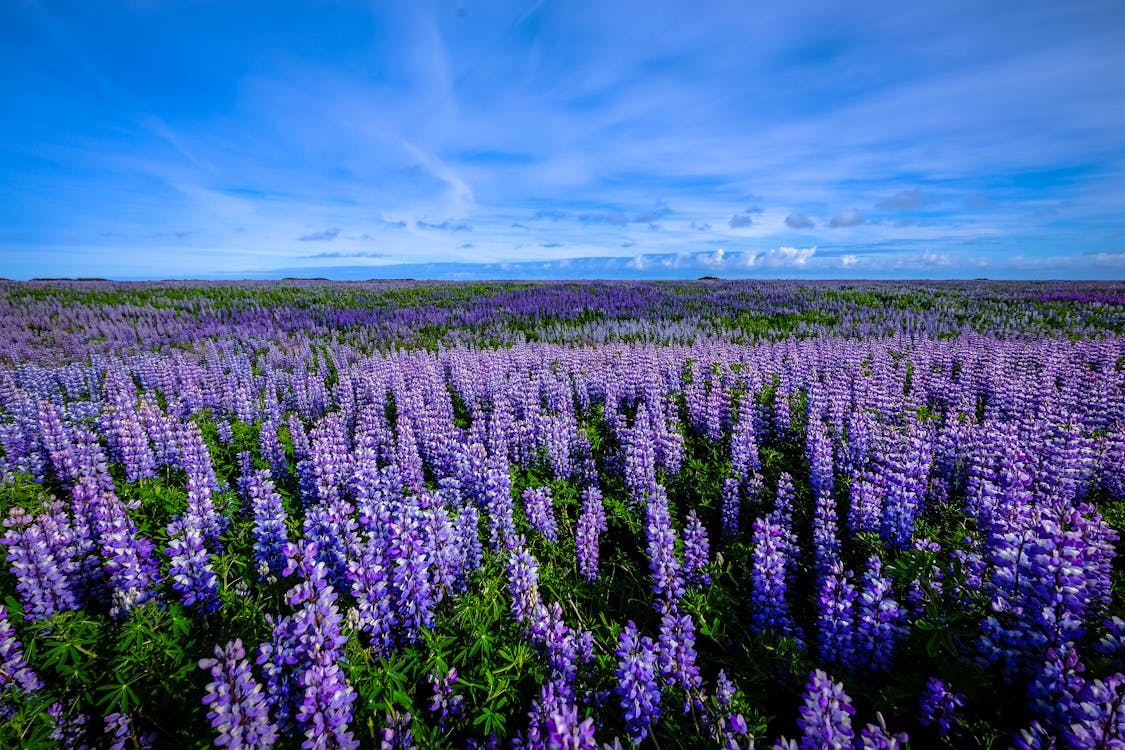
Photographers of all levels of experience capture patterns when they need to emphasize specific foreground elements to create the right atmosphere. Focusing on various patterns will enable you to share engaging visual stories and showcase the most important elements of the area in a new light.
Discovering how to use repetition in photography will help you add some depth to your photos and learn how to emphasize the main element in your photo. Some patterns may also help you hide unwanted details.
When analyzing the scene, focus on repeating elements, including free patterns. Objects of various shapes create patterns as well, so be sure to look for them to create a nice composition.

Using leading lines, professionals emphasize the difference between the foreground and background and drive a viewer’s attention to the main subject.
This method remains popular among photographers, as it allows them to experiment with different compositions. When using this popular technique, you can drive a viewer’s attention to natural or artificial structures.
For instance:
Some photographers utilize an attention-grabbing foreground purely for aesthetic purposes. However, you can focus on it to showcase emotions or add storytelling elements to your pics. Such narrative photos are quite memorable, especially if the foreground contains elements that leave a lasting impact on a viewer.
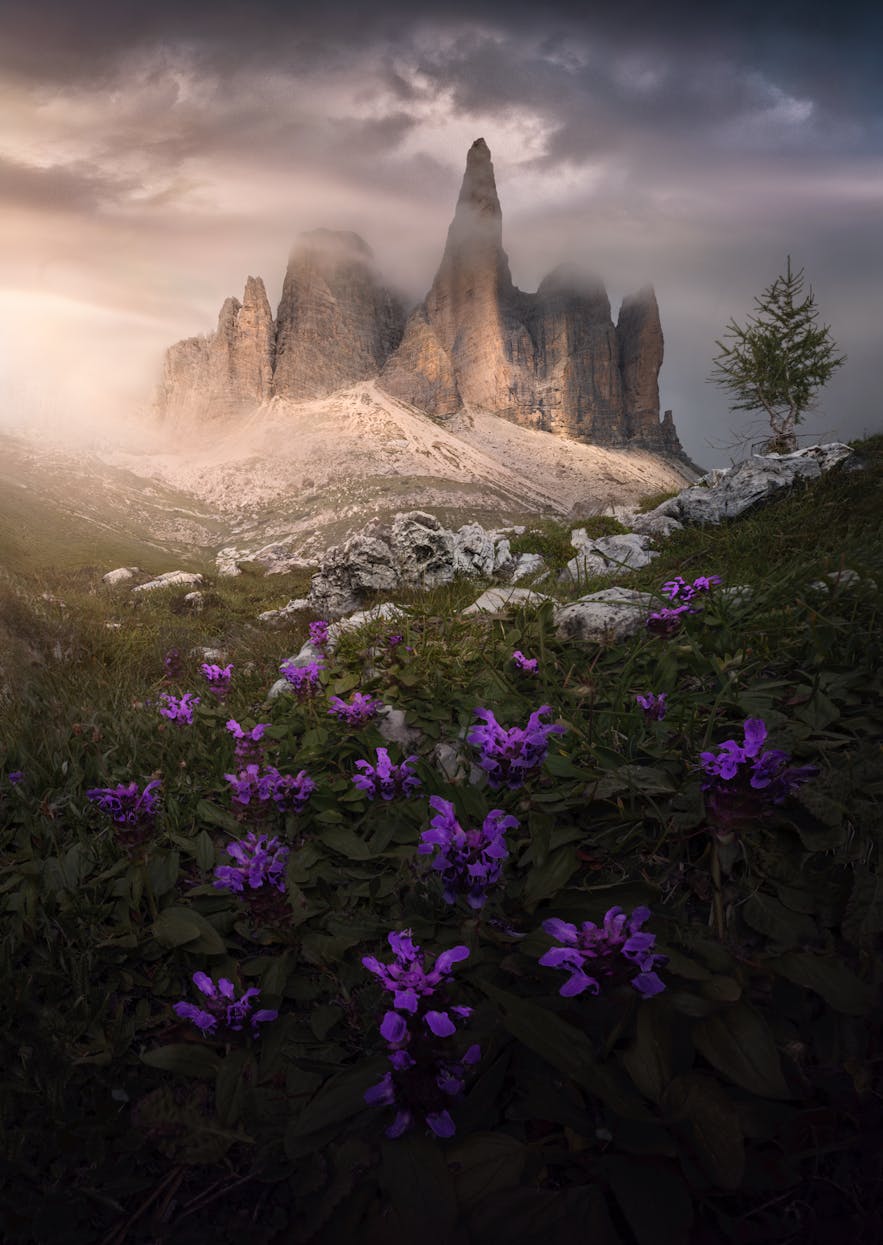
Using the elements in the foreground, including trees or picturesque rocks, will help you weave an engaging story. They will allow you to capture a viewer’s interest and add a sense of scale to your pics.
Besides, when you keep such elements in focus, you can add some depth to your pics and guide a viewer’s gaze from the foreground to the objects in the background. After learning “What does foreground mean?”, you can use your newfound knowledge to experiment with different methods of capturing objects located in this section of the frame.
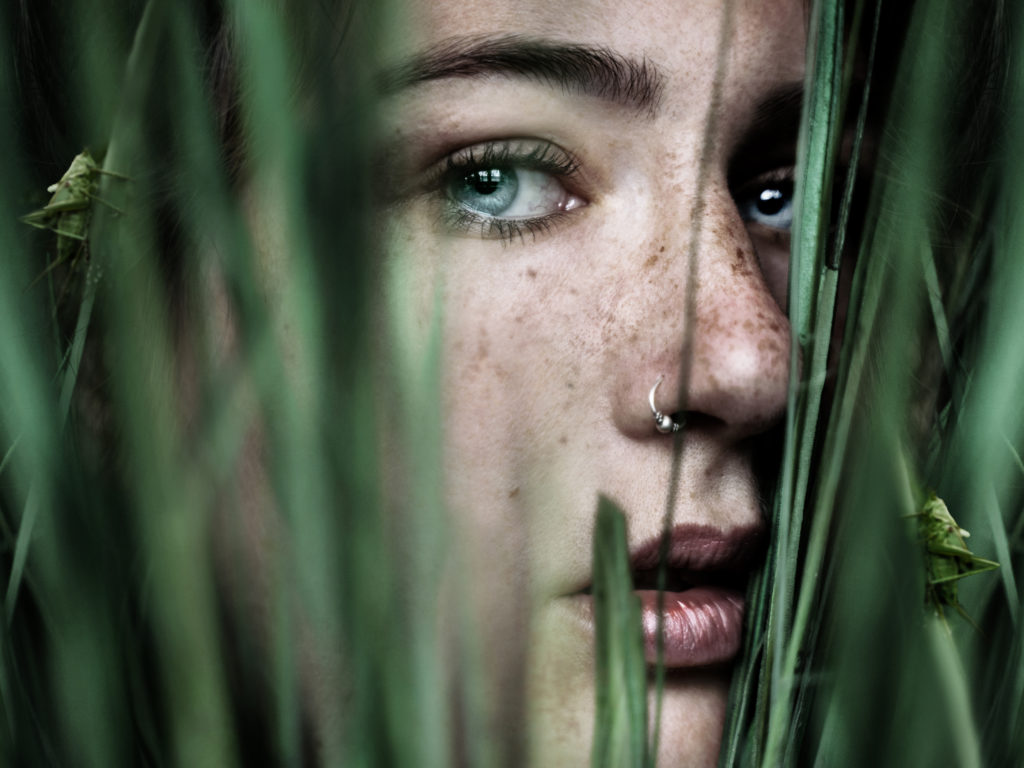
If you want to emphasize the foreground using simple means, you may focus on flowers, branches, or archways. This method is perfect for portrait photos as it allows you to focus on your subject and utilize various framing techniques to achieve a professional result.
For example, you can take a portrait photo of a couple in a flower field. By bringing the camera closer to the flowers, you can emphasize the beauty of the surrounding area and take lovely romantic photos. Showcasing rich colors, detailed textures, or unique shapes in the foreground will allow you to capture the magical atmosphere of the place and leave viewers mesmerized with the result.

Now that you know what is foreground and background, it’s time to use more complex techniques. When doing landscape photography, you can benefit from capturing a road or a walking path in the foreground.
It will enable you to drive a viewer’s attention to a specific part of the frame. Using this technique, you can link the foreground with the background and add a sense of depth to your photos.
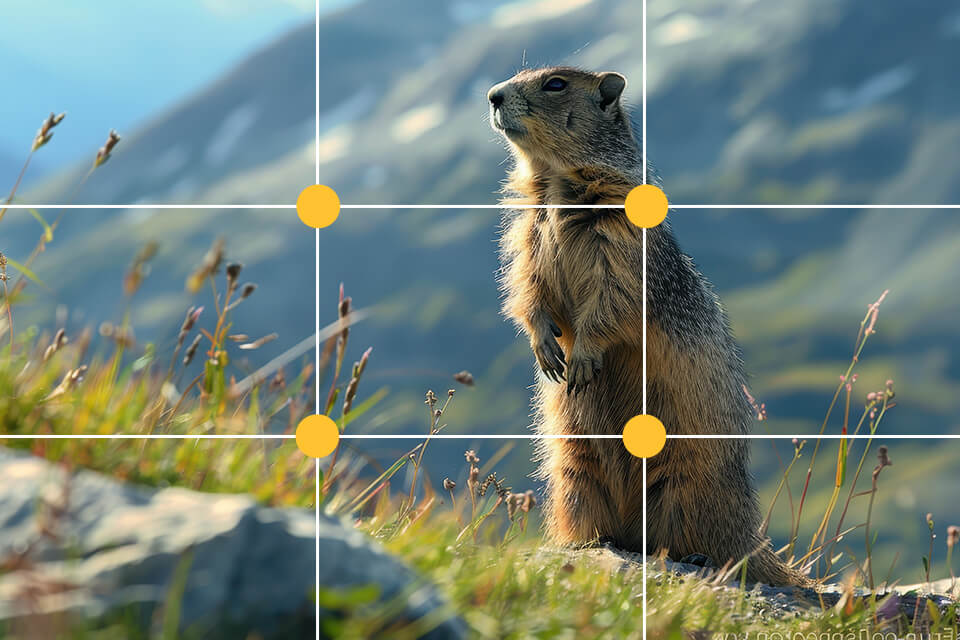
The rule of thirds is one of the main photography techniques used by photographers. It allows you to take stunning foreground shots with little to no effort.
You can practice it when capturing a moving subject and experimenting with various foregrounds. It will allow you to drive a viewer’s gaze to a specific area of the frame.

By experimenting with different angles, you can bring your point across effectively. Taking pics from a low angle allows you to capture great shots with a focus on the foreground. This way, you will be able to emphasize texture and patterns as well.
For instance, if you need to take photos in a grass field, use a low angle to capture your model and add some depth to your photo. This way, you can recreate the foreshortening effect.